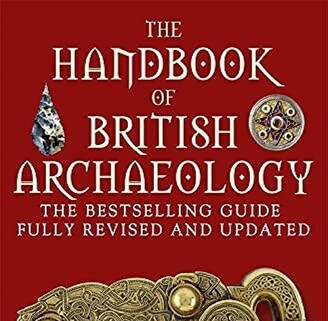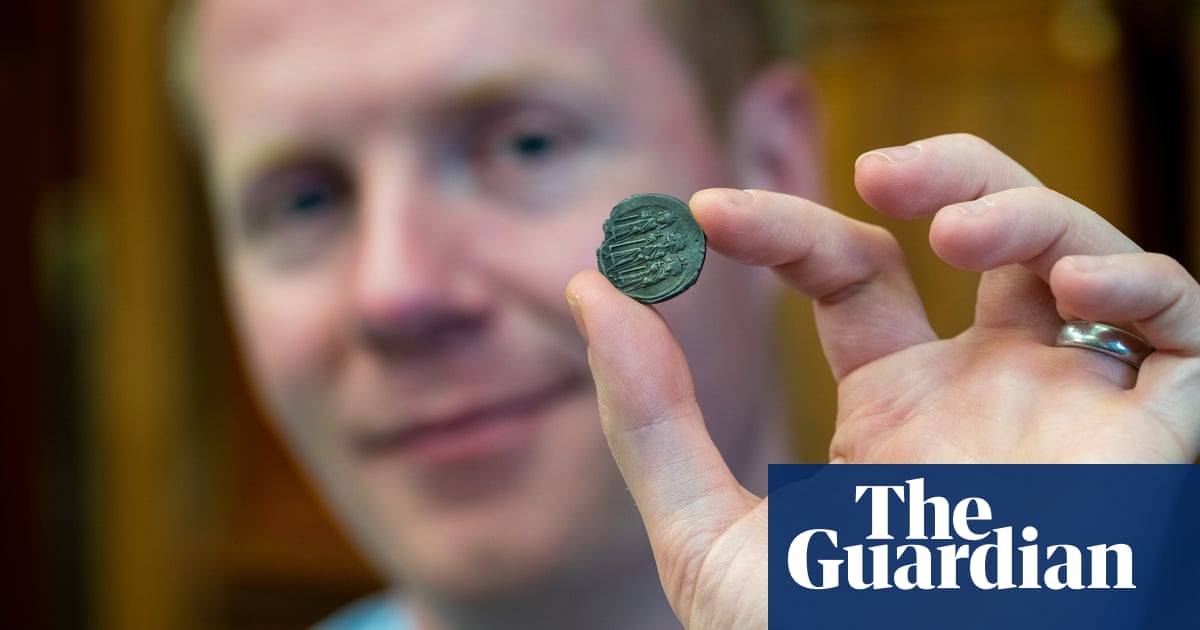- cross-posted to:
- archaeology@mander.xyz
- cross-posted to:
- archaeology@mander.xyz
Several decades after the Sutton Hoo burial, starting in about AD660, there was a sudden rise in the number of silver coins in circulation in England, for reasons that have long puzzled archaeologists and historians.
The new rush of silver coinage stimulated trade and helped fuel the development of the new towns springing up at the time – but where did it come from? Were the Anglo-Saxon kings recycling old Roman scrap metal? Or had they found lucrative sources from mines in Europe?
Metallurgical analysis of early medieval coins has revealed the answer: the power brokers of the time were melting down their stockpiles of Byzantine silver treasures, in a type of early medieval quantitative easing that kickstarted the economy of England and established a monetary system that would last for a millennium.


